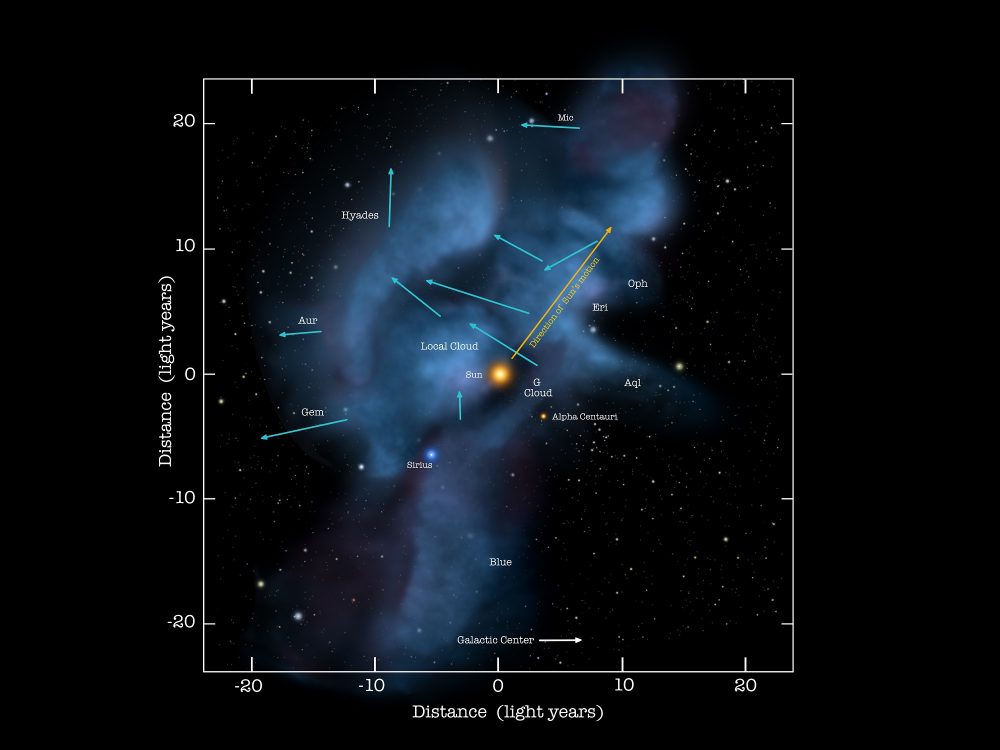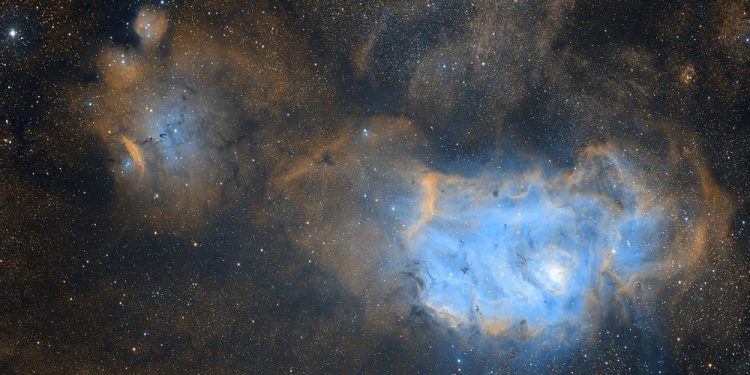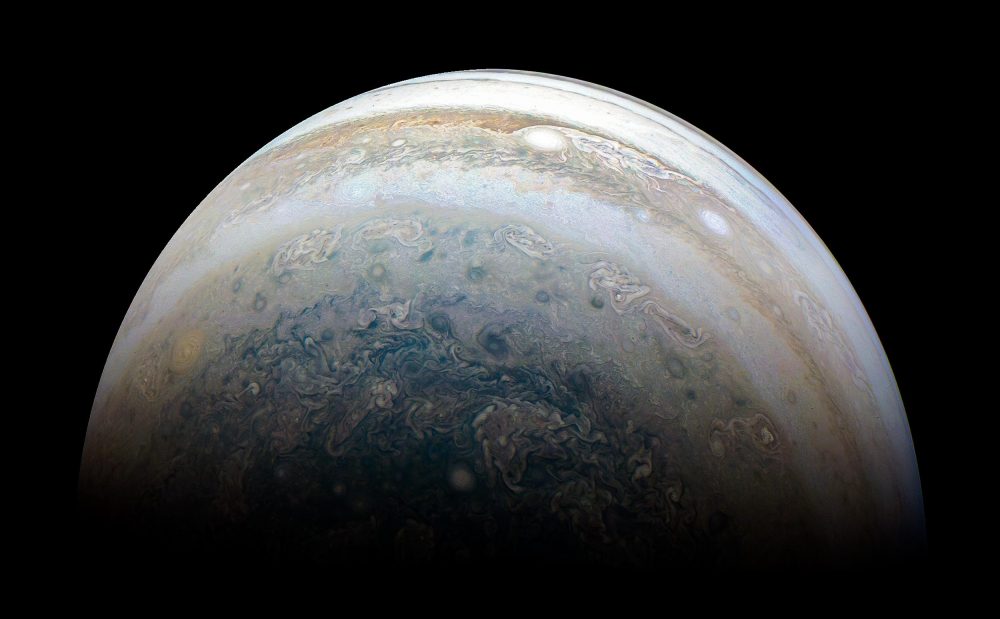The more we explore the universe, the more we realize what a strange and amazing place space really is. A mystery surrounding the space around our solar system is unfolding thanks to evidence of “dead stars” found by researchers after studying deep-sea sediments.
In a recent study revealed by the Australian National University, a researcher may have found indications that as Earth is traveling through the galaxy, it has been moving through a cloud of dust, remnants of supernovae explosions.
Professor Anton Wallner, who is a nuclear physicist at the Australian National University, led the study that suggests how the Earth has been traveling through a cloud of slightly radioactive dust for the past 33,000 years.
As revealed by the researcher, these clouds are likely the remnants of previous supernova explosions, a powerful, super-bright explosion of a star. The most recent directly observed supernova in our galaxy was Kepler’s Supernova in 1604, but astronomers have found the remnants of more recent supernovae.
But to find that Earth was traveling through the remnants of dead stars, scientists did not look into space, but rather into the depths of the oceans to make the discovery.
The researchers searched several deep-sea sediments from two different locations dating back 33,000 years using the extreme sensitivity of the HIAF mass spectrometer. This allowed them to discover traces of the iron-60 isotope, which forms when stars die in supernova explosions. Traces of iron-60 have also been found in lunar samples brought back to Earth.
Iron-60 is radioactive and completely decays in 15 million years, meaning that any iron-60 found on Earth must have formed much later than our planet, and traveled here from nearby supernovae before settling on the ocean floor.
Professor Wallner previously found traces of iron-60 about 2.6 million years ago, and possibly another about 6 million years ago, suggesting that our planet likely traveled through the radioactive clouds of nearby supernovae.
For the past thousands of years, the solar system has moved through a denser cloud of gas and dust as it makes its way across the galaxy. This local interstellar cloud–also known as the LIC, is one whose origins are anything but clear.
Evidence of the remnants of dead stars
Also, known as the Local Fluff, the interstellar could is some 30 light-years across. Our sun, and consequently everything else within our solar system that is bound to the star, is located near the edge of the Local Fluff, a region it entered between 44,000 and 150,000 years ago.

It will continue moving onward and is expected to exit it between 10,000 to 20,000 years.
If Local Fluff had originated over the past million years from a powerful supernova, it would contain iron-60, so the team decided to look for more recent sediments to find out whether this was the case.
Sure enough, there was iron-60 in the sediments the researchers studied at extremely low levels, which equates to levels of radioactivity in space far below Earth’s natural background levels, and the distribution of iron-60 coincided with the journey of our planet through the local interstellar cloud.
However, what was interesting is that the iron-60 extended further back and spread across the entire 33,000-year measurement period.
The lack of correlation with solar system weather in the current local interstellar cloud seems to raise more questions than it answers.
First, if the cloud was not formed by a supernova, where did it come from? And second, why is 60-iron so evenly spread across space?
Apparently, we have another cosmic mystery on our hands, one that scientists will surely enjoy researching as the Earth continues making its way through the galaxy.
“There are recent papers that suggest iron-60 trapped in dust particles might bounce around in the interstellar medium,” Professor Wallner said.
“So the iron-60 could originate from even older supernovae explosions, and what we measure is some kind of echo.
“More data is required to resolve these details.”
Whatever the case, we know that the Local Fluff is flowing outwards from the Scorpius–Centaurus Association, a stellar association that is a star-forming region in space. Much about the local Fluff remains a scientific enigma, including details of its distribution, its origin, and how it affects the Sun and the Earth.
Join the discussion and participate in awesome giveaways in our mobile Telegram group. Join Curiosmos on Telegram Today. t.me/Curiosmos











